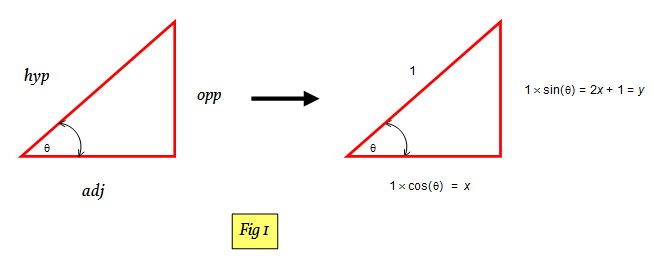How do you find the derivative of #sin^-1(2x+1)#?
2 Answers
The answer is
Explanation:
For this equation you would use the [chain rule] (https://socratic.org/calculus/basic-differentiation-rules/chain-rule) so you take the derivative of the outside:
times the derivative of the inside:
So the derivative of
Differentiating Inverse Trigonometric Functions
but in this case
Next the derivative of
So the answer becomes outside times inside
Which is
Here are the derivatives of inverse functions

Explanation:
Given:
Note that
So
Note that
'~~~~~~~~~~~~~~~~~~~~~~~~~~~~~~~~~~~~~~~
Set
Note that
Set the value of the Hypotenuse to 1 giving:

Using
But
as the hypotenuse is 1 we have
So equation(1) becomes:
But by Pythagoras
Thus


